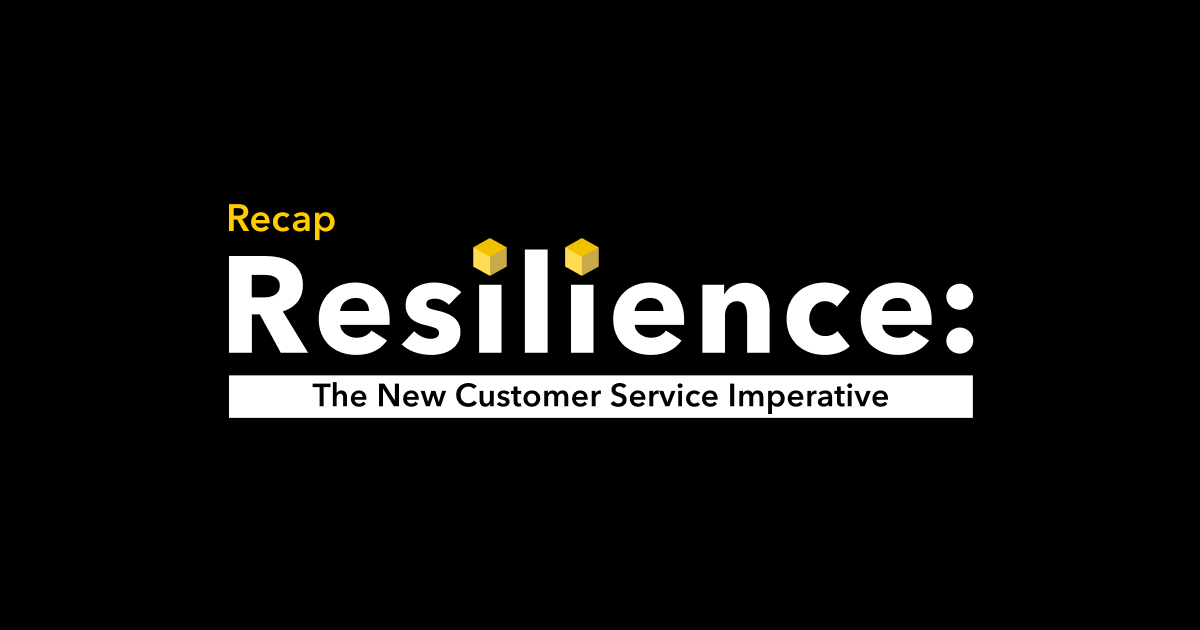AI technology has infiltrated nearly every aspect of our day-to-day lives — from the digital assistants we keep in our pockets to the invisible algorithms that decide how to cure diseases, or where our money will be invested. Its impact is arguably even greater in the business world, where it has created new efficiencies and opportunities across a wide range of industries and disciplines. It’s no surprise that AI plays a starring role in all but a few of the World Economic Forum’s recently published list of 17 ways that technology will change the world by 2025 — enabling diverse applications like intelligent manufacturing, industrial decarbonization, and even financial services aimed at reducing the global wealth gap.
What is a surprise, however, is that overall business adoption of AI-powered solutions remains fairly low across sectors. Despite the fact that AI technology is becoming more affordable, more accessible, and more sophisticated than ever before, a 2019 survey of 500 US business and technology professionals found that only 29% of companies use AI regularly. In that same report, fewer than one in five respondents said that their companies have expert knowledge in AI, and just 29% reported that their company’s AI expertise was even “moderately high.” By the end of 2020, we expect that picture will start to look much different. Here’s why.
Why AI Adoption Still Trails Behind the AI Hype
In many cases, organizations are slow to adopt AI because they simply aren’t sure about where and how best to implement it, or don’t feel they have the internal skillset to get a successful program up and running on their own. This observation is borne out by the survey results mentioned above, with only 18% of respondent companies saying they knew exactly where they wanted to be with their data practices, which is a critical component of success.
This will likely continue to change dramatically in the years ahead. The COVID-19 pandemic is accelerating AI adoption across industries, driving shifts in both consumer behavior and routine business operations that demand new, digital-first solutions. Unfortunately, these long-term trends only create added pressure for leaders who must grapple with the challenge of AI adoption today.
The irony is that, in truth, it is actually relatively easy and inexpensive to begin experimenting with AI via out-of-the-box solutions that target specific, well-defined business functions. The problem is that many business leaders make the mistake of starting with broader, much more complicated AI initiatives that require deep technical expertise and sustained mutual cooperation across departments and teams. All too often, leaders are drawn to pursue these initiatives by the AI hype cycle, only to watch their efforts fail as they discover that such projects require much more funding and preparation than expected.
Breaking Through to AI Adoption
In today’s business world, there’s really no disputing that AI technology has tremendous potential to boost revenues, streamline operations, and create key competitive advantages for the organizations that adopt it. That’s why overall investment in AI has increased dramatically in recent years. For example, one estimate found that annual investment in AI startups hit a record $26.6 billion in 2019, up from just $4.2 billion in 2014. However, the actual business adoption of AI has not grown at quite the same pace. Whether it’s due to lack of technical expertise, fear of the unknown, or good old fashioned institutional myopia, it would seem that many companies still face formidable barriers when it comes to achieving more widespread AI adoption.
For businesses looking to gain a competitive edge through the adoption of artificial intelligence technology, one of the most effective places to start is in the realm of customer service. With the right platform, support automation can do a great deal to enhance your company’s customer service offering — delivering a better customer experience, and more resilient support during times of crisis. What’s more, business leaders need only ask themselves a few key questions to determine if AI-powered virtual agents are a good fit for their customer support strategy, and platforms like Directly can help simplify the process of making virtual agents work.
Bringing AI to Life for Your Customer Support Operation
Business leaders who have limited experience with customer support automation may be quick to assume that implementing virtual agents is costly and time consuming, but that’s not always the case. To be sure, custom-built, in-house solutions can take months to get up and running, and can easily add up to hundreds of thousands or millions of dollars in development costs—particularly for large enterprises. However, today, there’s little need for companies to make this sort of effort, especially if they do not already have the personnel and expertise needed to build their own solution.
Today, companies have access to a wide range of cost-effective, out-of-the-box support automation solutions that can help them experience the benefits of virtual agents without incurring significant upfront costs. The best of these solutions can begin delivering results in a matter of weeks. For example, with Directly’s AI platform, our customers have seen their virtual agents achieve a containment rate of 55% or more in less than a month of operation. That’s more than half of all customer issues completely resolved through the power of automation.
Can Directly’s support automation platform deliver similar results for your business? Contact us today to set up a demo.



